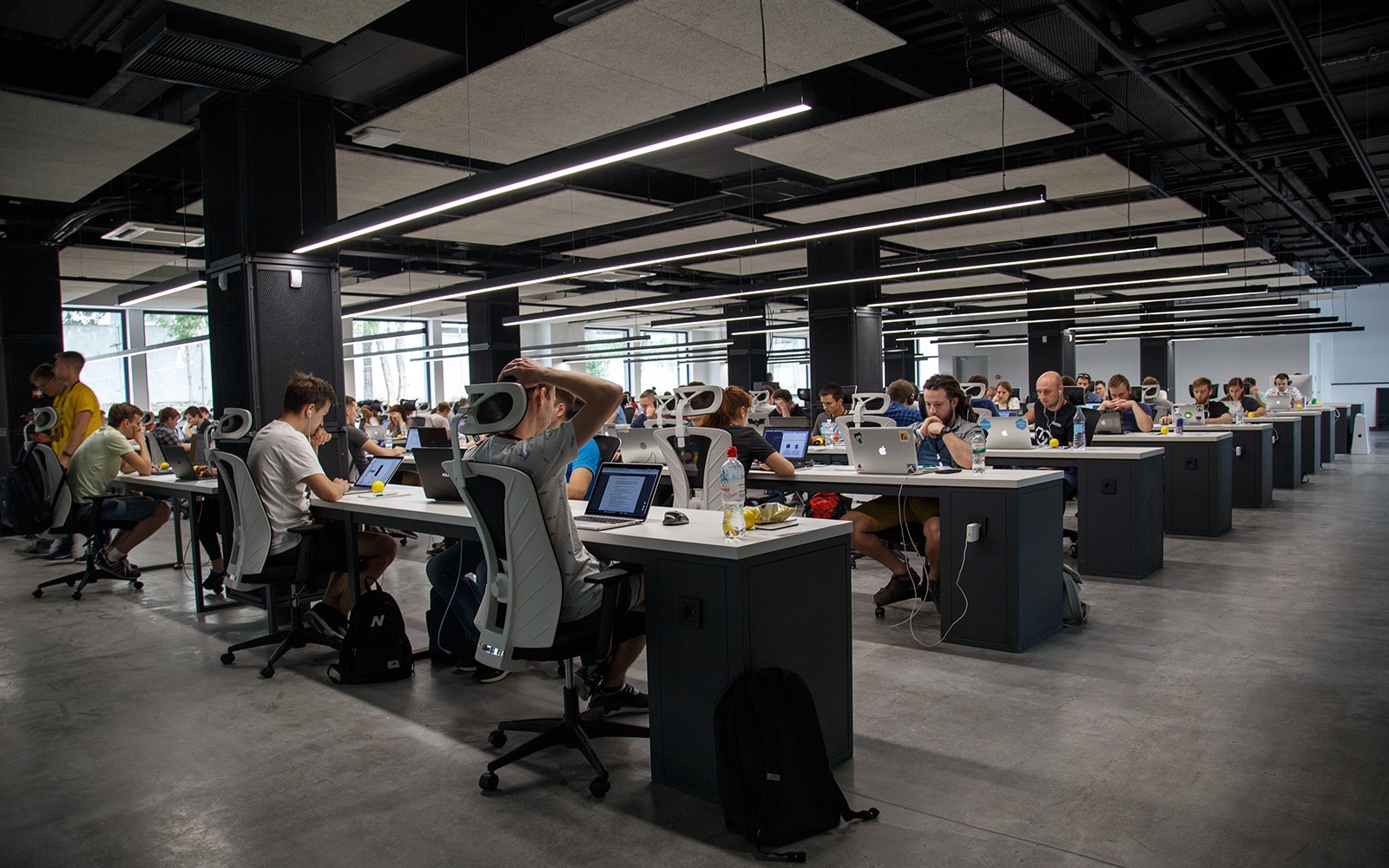The ongoing COVID-19 pandemic is proving challenging for businesses in many ways, including raising the possibility of an increase in occupational illnesses. The ultimate impact on workers’ compensation systems, however, could be much more significant, including greater claims frequency for some industries, higher overall costs, and more administrative burdens for many employers.
Myriad Sources of Claims Overall workers’ compensation claims frequency could fall during the pandemic, as fewer people are working. But that effect will likely not be felt uniformly across all industries, and the claims employers could face may not be limited to COVID-19 exposures.
While many businesses have transitioned to remote working models in order to promote social distancing, others cannot do so as easily. Aviation, transportation, hospitality, construction, manufacturing, retail, distribution, and sharing economy workers — among others — may still be working in close quarters, which could put them at greater risk of exposure to the coronavirus through contact with customers, coworkers, and others. Public safety workers, first responders, and medical professionals face similar concerns, along with the risk of direct contact with COVID-19 patients. Across all of these industries, employees may also be working harder and longer hours than usual, which could lead to claims related to overexertion. Many of these injuries may be compensable under state workers’ compensation systems.
Employers should also be readying themselves for a potential increase in claims due to other factors, including:
- New hires. Despite widespread challenges for most businesses, some — for example, brick-and-mortar and online retailers — are hiring new employees to meet growing demand for specific products and services. Operating in unfamiliar working environments, potentially with little or no time for orientation and safety training, these employees could be prone to workplace injuries.
- Telecommuting. Generally, employers face the same potential exposure to work-related injuries regardless of whether employees are working on company premises or at home. But employers can face additional challenges when employees are telecommuting, including a lack of oversight of work environments, potentially improper use of equipment, and in-home distractions. These challenges may be compounded by the current pandemic, which has contributed to growing anxiety and mental stress and forced many employees to share makeshift home workspaces with spouses, children, and pets.
- Growing unemployment. Long-term economic forecasts related to the pandemic are dire, and many businesses have already been forced to terminate or furlough employees. History — including the financial crisis and recession of the late 2000s and early 2010s — suggests that these workers could seek to offset their loss of income by applying for workers’ compensation benefits — including, in some cases, filing fraudulent claims.
Delayed Claims Resolutions In addition to an uptick in claims frequency in certain areas, employers should be ready for existing and forthcoming claims to remain open for more time. Across the country, state workers’ compensation board offices have been closed to the public; some hearings are being conducted virtually, but many are being postponed. Claim resources, including independent medical exams and field investigative services, are also limited.
Injured employees could also see their recovery delayed. With many treating physicians and physical therapists temporarily closing their offices and hospitals overwhelmed with COVID-19 cases, routine appointments and elective surgeries are being cancelled or postponed. Similarly, nurse case managers are not seeing claimants, vital medical services — including MRIs and other diagnostic tests — may be inaccessible. And with several businesses closed for the foreseeable future, even many employees who are progressing in their recovery and are ready to return to work on modified duty have no transitional jobs to which they can return.
While these employees’ claims remain open and they go without the medical treatment they need to aid their recovery, they will continue to collect benefits. Cases in litigation will largely remain unresolved until state workers’ compensation boards resume operations — and the longer injured employees stay away from their workplaces, the more difficult it becomes for them to eventually return to gainful employment.
What’s more, even when medical and claims resources become readily available again, doctors, claims professionals, workers’ compensation boards and others may struggle to manage their backlogs. This could further delay the resolution of outstanding claims and drive up costs for employers even more.
Path Forward Employers can take several steps to better manage workers’ compensation claims as the pandemic continues and key processes — and society as a whole — slowly return to normal.
Risk professionals should work with their third-party administrators (TPAs) and insurers to develop clear and detailed plans to manage a potential influx in claims. Though resources may be limited, employers, TPAs, and insurers should work together to ensure that claims are thoroughly investigated, which is especially important given the prospect of more frequent fraudulent claims in the coming months and questions about the compensability of cases alleging exposure to COVID-19 in the workplace.
Employers should also make use of analytics in managing claims. Artificial intelligence and other tools can allow risk professionals and others to identify potentially difficult or complex claims and prioritize them for early intervention. This could include assigning more experienced claims professionals and other resources to aid in their resolution. Employers can also work with their advisors to close out legacy claims and reduce their backlogs, which may free up valuable resources to focus on new claims. This can also ease collateral requirements that may come under additional scrutiny due to the state of the economy and changes to individual companies’ financials.
Telemedicine, meanwhile, can be a valuable tool during the pandemic, offering a way for claimants to keep appointments with medical providers while following social distancing guidelines. Although not every state allows for the use of telemedicine in workers’ compensation prior to the pandemic, some are easing their restrictions in light of current circumstances. Telemedicine, however, may not be appropriate in all workers’ compensation cases; employers should work with their claims advisors to determine where, in what cases, and how best to use telemedicine.
During the pandemic, outreach to injured workers is more important than ever. The workers’ compensation process can be difficult for injured employees to navigate under even the best of circumstances. Now, facing questions about the economy and their job prospects after potentially lengthy recoveries, claimants — whether facing possible COVID-19 infections or other injuries — may be especially anxious. If they have not done so already, employers should consider adopting a claims advocacy approach to workers’ compensation that focuses on communication, education, and transparency, which can ultimately contribute to superior claims outcomes and lower costs.
Finally, for those companies facing greater demands on their workforce, injury prevention training and education is crucial. For new hires, training should help them understand key job functions and the proper way to perform vital tasks — for example, lifting boxes and other objects. Employers can also reinforce health and safety best practices — via video tutorials and other means — with onsite and remotely-working employees, including how to minimize physical and mental stresses and reduce tripping hazards.




